New exhibition celebrates ten years of Tsatsas’ innovative leather accessories
On the tenth anniversary of the label, ‘Tsatsas. Past, Present, Future’ at Deutsches Ledermuseum in Offenbach, Germany tells the story behind Esther and Dimitrios Tsatsas’ multidisciplinary approach to leather goods
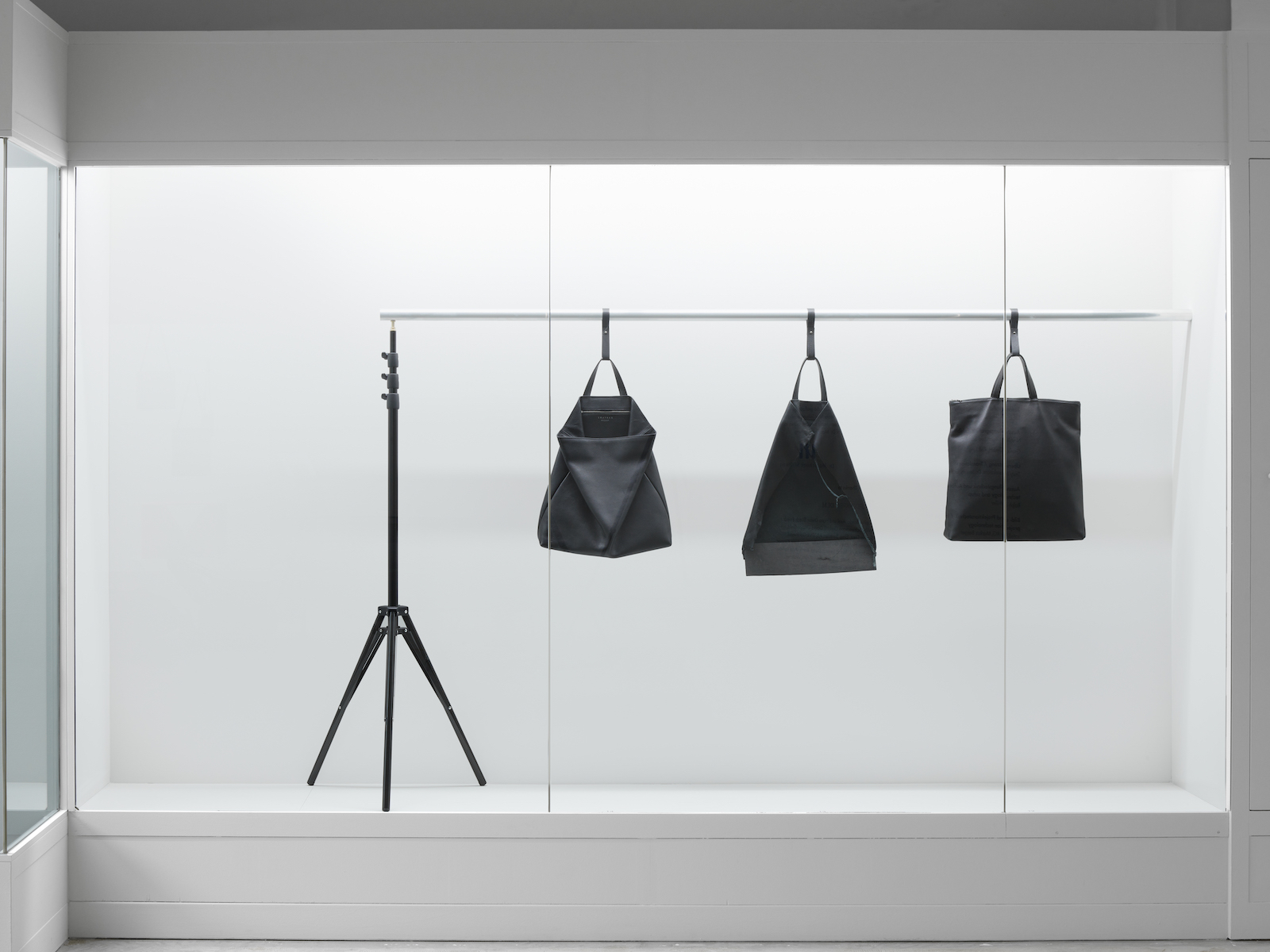
Founded in 1917 in Offenbach, Germany, Deutsches Ledermuseum – the German Leather Museum – has since collected close to 30,000 artefacts, tracing the history of leathercraft for over six millennia (the oldest is an Egyptian receptacle dating from the fourth millennium BC). Starting this month, though, a new exhibition explores an altogether more contemporary take on the ubiquitous material, celebrating the work of young German accessories label Tsatsas on its tenth anniversary.
Titled ‘Tsatsas. Past, Present, Future’, the exhibition promises a ‘retrospective view of the past which merges fluidly into the now’, collating pieces that define Esther and Dimitrios Tsatsas’ progressive approach to design (the husband-and-wife duo have also curated the exhibition). Having founded their label in 2012, the past decade has seen the designers hone a vision at once unconventional and timeless, informed by near-architectural precision. Indeed, Tsatsas has collaborated with David Chipperfield Architects on a travel suitcase (reportedly the only one Chipperfield himself uses to travel) and industrial designer Dieter Rams on the brand’s ‘931’ handbag, which won a Wallpaper* Design Award for Best Belated Bag. The designers themselves call Tsatsas ‘the perfect balance between functions, aesthetics and execution’.
Inside ‘Tsatsas. Past, Present, Future’ at Deutsches Ledermuseum
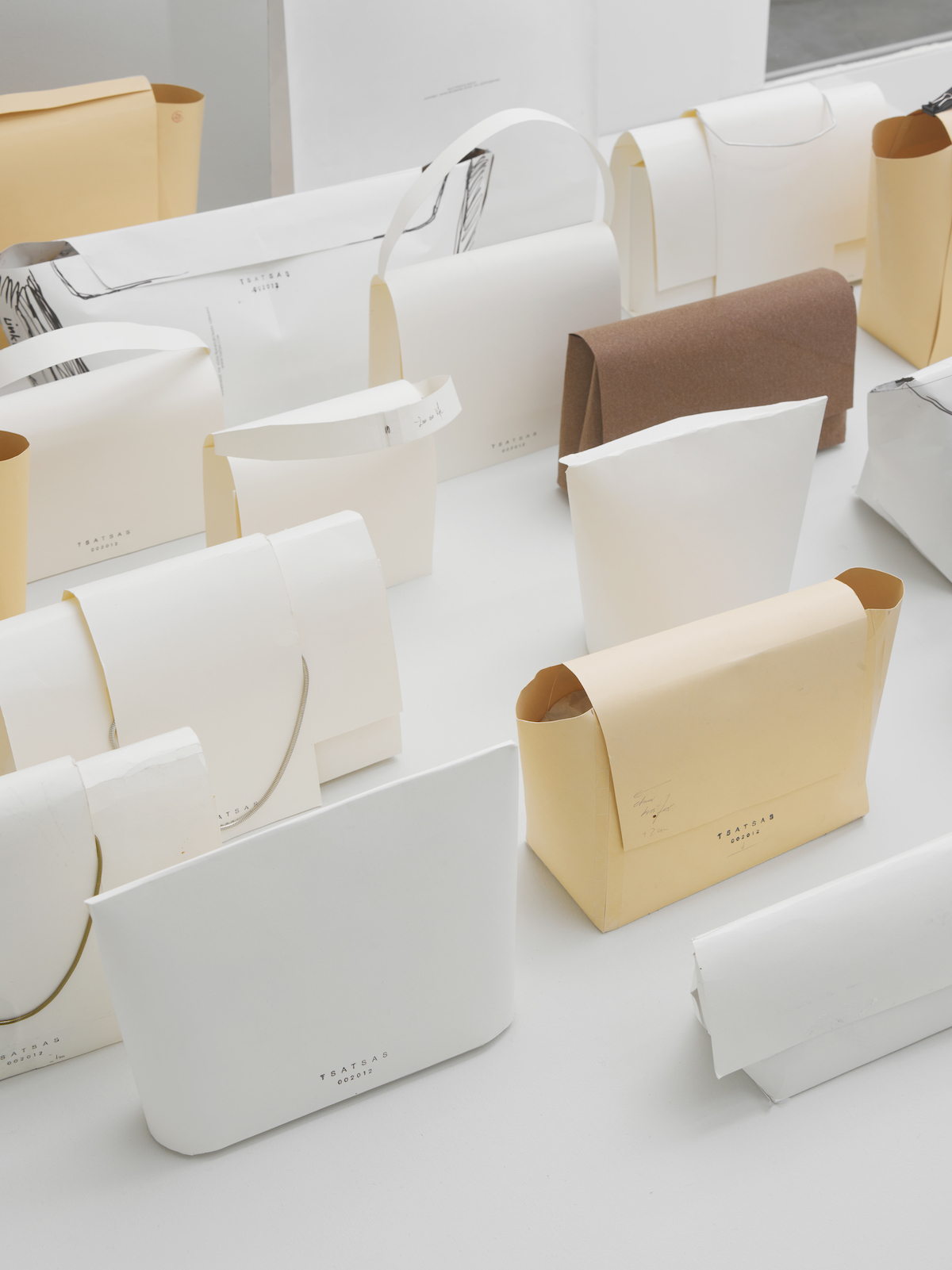
The exhibition takes a personal approach, tracing the foundations of Tsatsas through ephemera that tells the story of the brand, from leather-making tools, in-process samples and handbags deconstructed to their composite parts, to behind-the-scenes photographs and personal mementoes (one handwritten Post-It note in the exhibition reads ‘context over dogma’). ‘Handcrafted’, ‘Question Everything’ and ‘Down to the Smallest Detail’ are the names of some of the various organising sections, the latter exploring Tsatsas’ engagement with sustainability, a principle deep-rooted within its philosophy. Here, this is celebrated in a demonstration of the brand’s various recycled materials – from brass hardware to cardboard packaging – as well as highlighting the high-quality natural resources which make up each of its accessories, designed to last for decades to come (visitors are encouraged to reach out and touch a hide of Scandinavian calfskin).
At the centre of the exhibition is a kinetic installation titled ‘Objects in the Mirror are Closer Than They Appear’, a clear glass box in which various Tsatsas accessories circulate around a looping track. Designed to highlight the designers’ open-ended approach – they insist the exhibition has no beginning nor end – the various objects, created between 2012 and 2022, are not arranged chronologically, nor with any particular hierarchy. ‘Staged purely intuitively, the 32 different objects melt through their monochromatic presentation into a symbol of the Tsatsas’ visual conciseness,’ the exhibition’s notes describe.
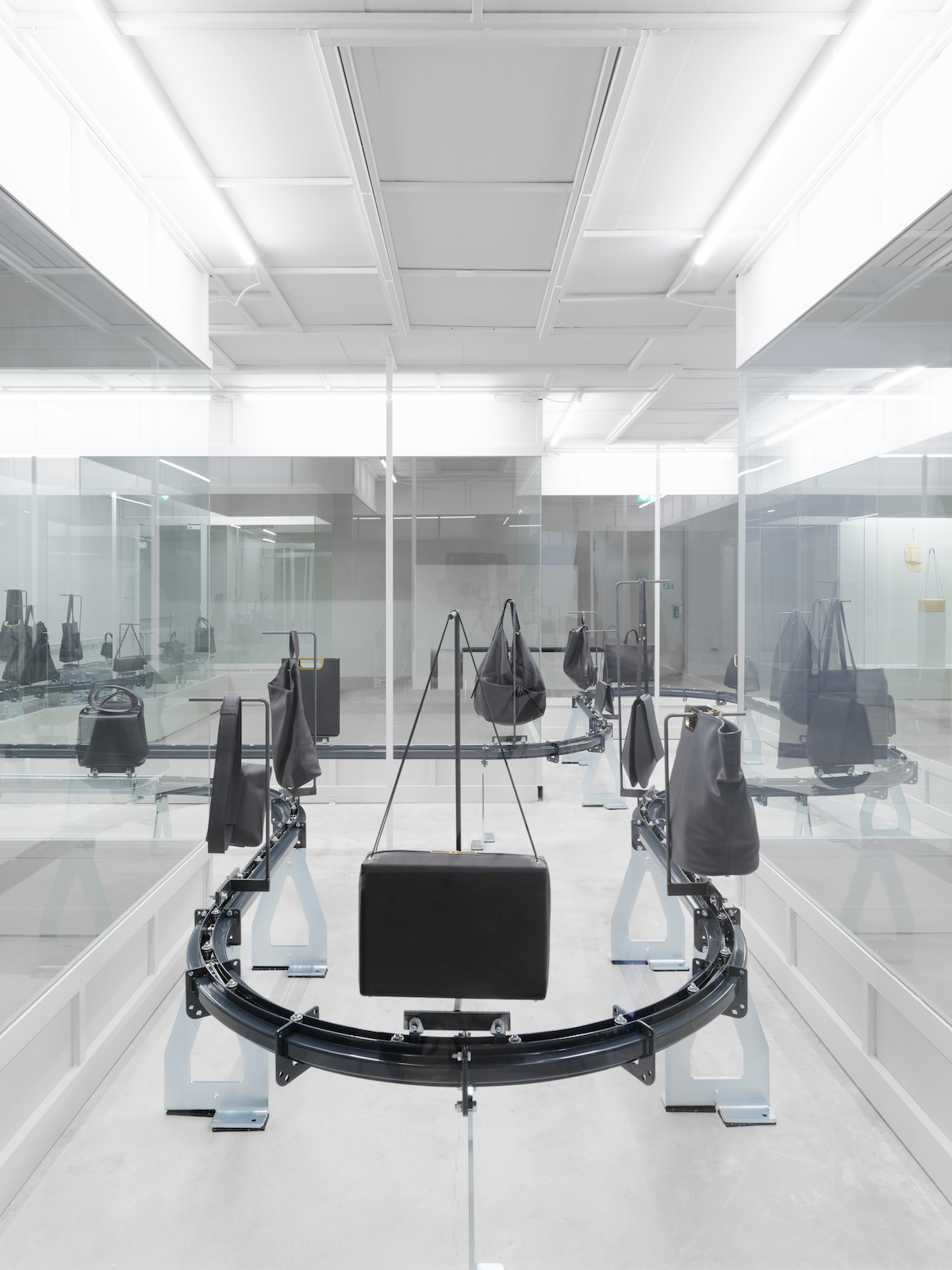
Elsewhere, visitors can view a film created for the exhibition that provides a look inside the local family-owned leather workshop where Tsatsas produces some of its accessories – in operation for over 40 years – while another section titled ‘1 + 1 = 3’ explores some of its many collaborations, including the aforementioned projects with Chipperfield and Rams, as well as Munich-based jewellery designer Saskia Diez (these collaborations allow the designers to ‘think outside the box and leave their own comfort zone’, as the notes describe). An accompanying book, published with bilingual German and English text, features essays by Chipperfield and Rams, alongside text by Wallpaper* China editor Yoko Choy, design theorist Markus Frenzl, and Esther and Dimitrios Tsatsas themselves – a collaborative tome that encapsulates Tsatsas’ multidisciplinary approach.
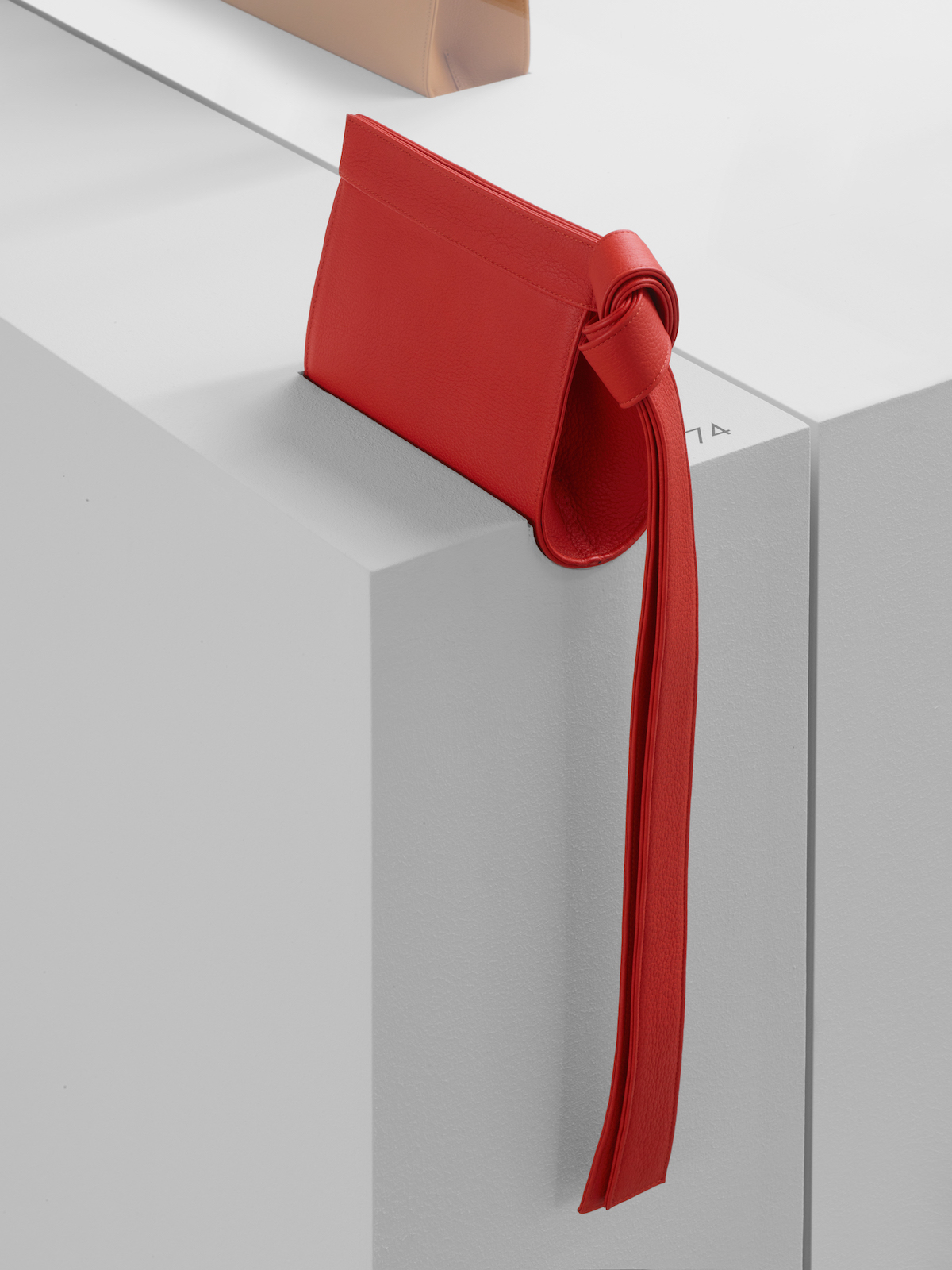
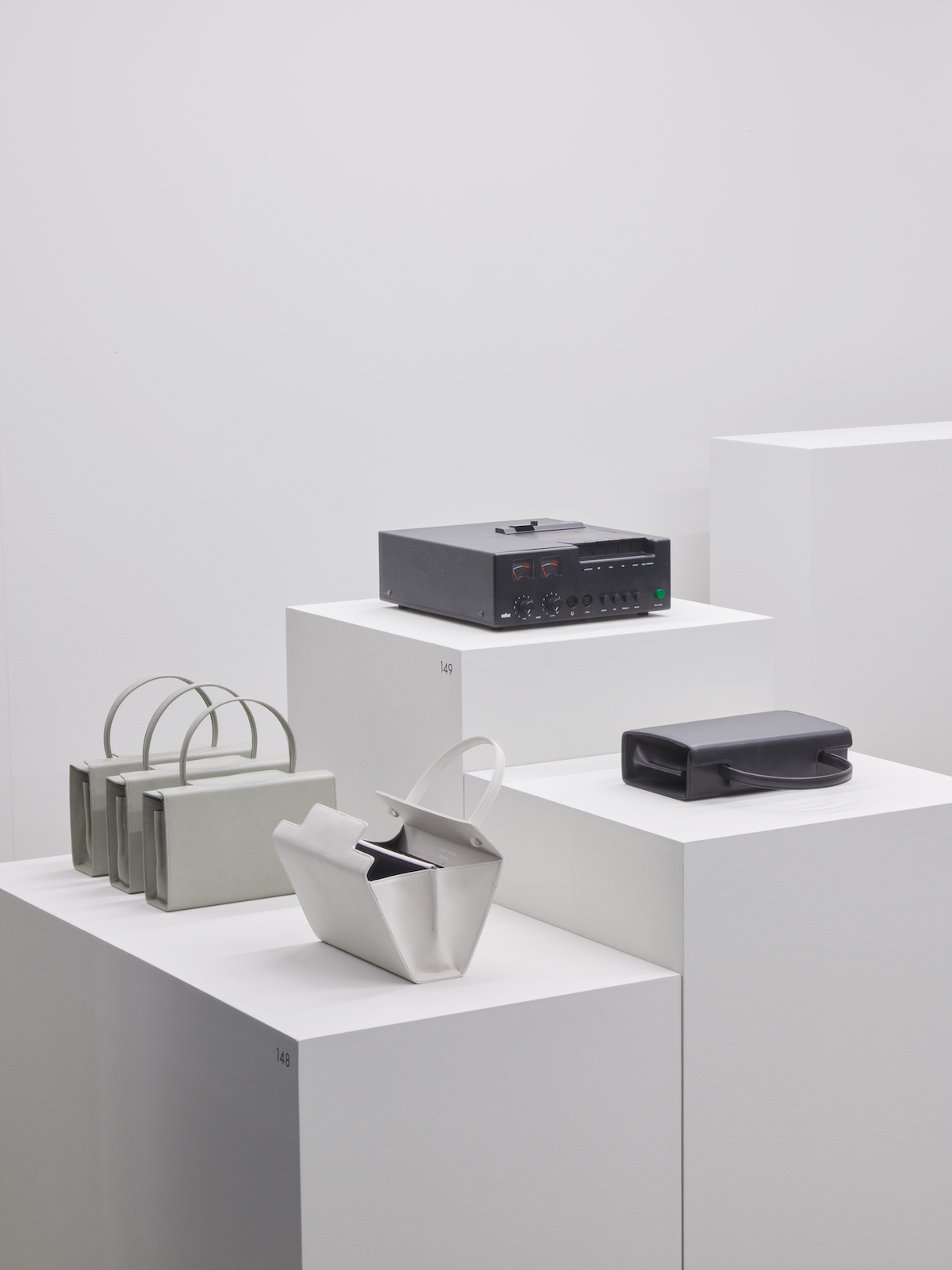
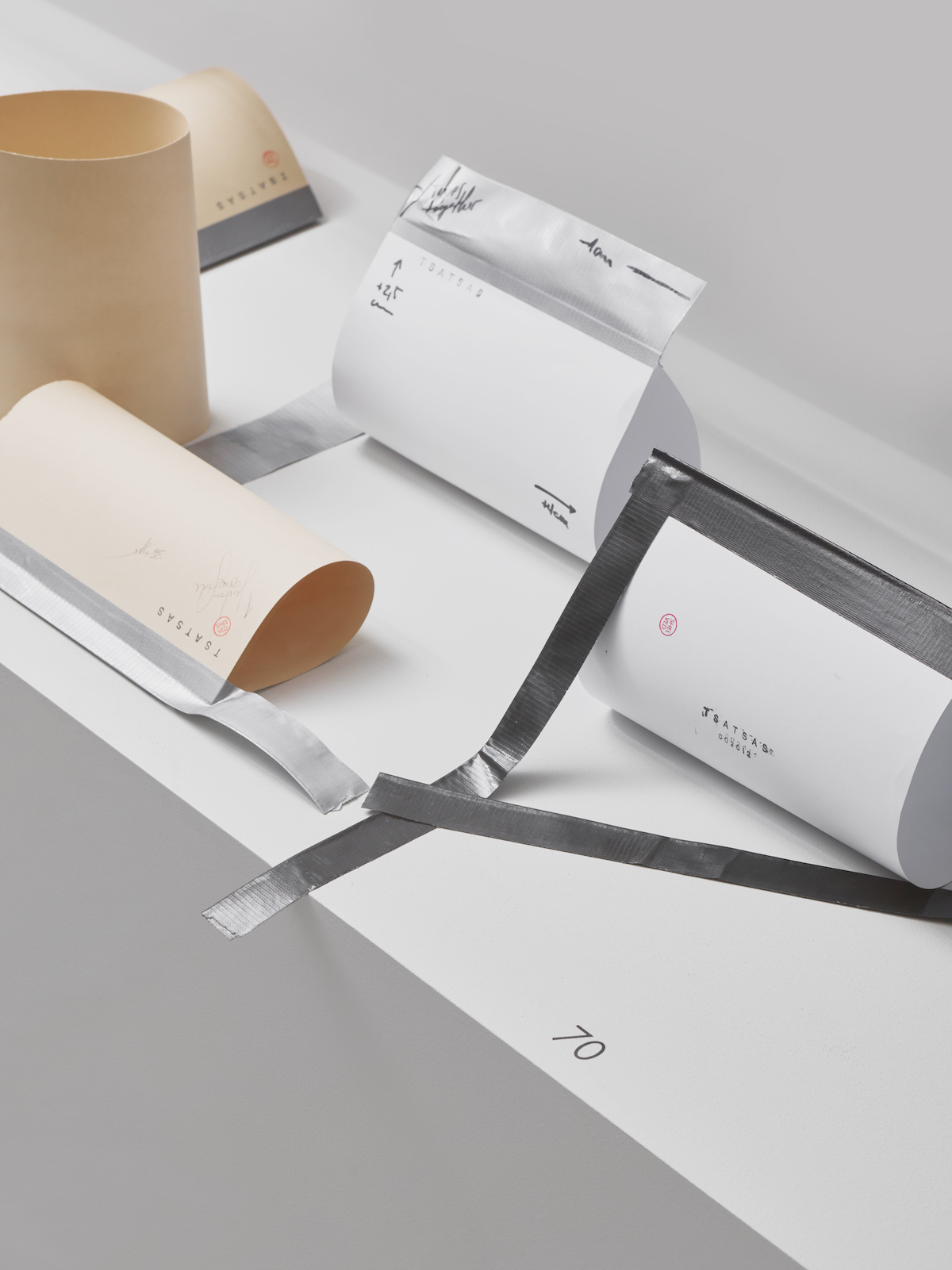
INFORMATION
‘Tsatsas. Past, Present, Future’ runs at Deutsches Ledermuseum, Offenbach, Germany until 30 October 2022.
Wallpaper* Newsletter
Receive our daily digest of inspiration, escapism and design stories from around the world direct to your inbox.
Jack Moss is the Fashion Features Editor at Wallpaper*, joining the team in 2022. Having previously been the digital features editor at AnOther and digital editor at 10 and 10 Men magazines, he has also contributed to titles including i-D, Dazed, 10 Magazine, Mr Porter’s The Journal and more, while also featuring in Dazed: 32 Years Confused: The Covers, published by Rizzoli. He is particularly interested in the moments when fashion intersects with other creative disciplines – notably art and design – as well as championing a new generation of international talent and reporting from international fashion weeks. Across his career, he has interviewed the fashion industry’s leading figures, including Rick Owens, Pieter Mulier, Jonathan Anderson, Grace Wales Bonner, Christian Lacroix, Kate Moss and Manolo Blahnik.
-
 Put these emerging artists on your radar
Put these emerging artists on your radarThis crop of six new talents is poised to shake up the art world. Get to know them now
By Tianna Williams
-
 Dining at Pyrá feels like a Mediterranean kiss on both cheeks
Dining at Pyrá feels like a Mediterranean kiss on both cheeksDesigned by House of Dré, this Lonsdale Road addition dishes up an enticing fusion of Greek and Spanish cooking
By Sofia de la Cruz
-
 Creased, crumpled: S/S 2025 menswear is about clothes that have ‘lived a life’
Creased, crumpled: S/S 2025 menswear is about clothes that have ‘lived a life’The S/S 2025 menswear collections see designers embrace the creased and the crumpled, conjuring a mood of laidback languor that ran through the season – captured here by photographer Steve Harnacke and stylist Nicola Neri for Wallpaper*
By Jack Moss
-
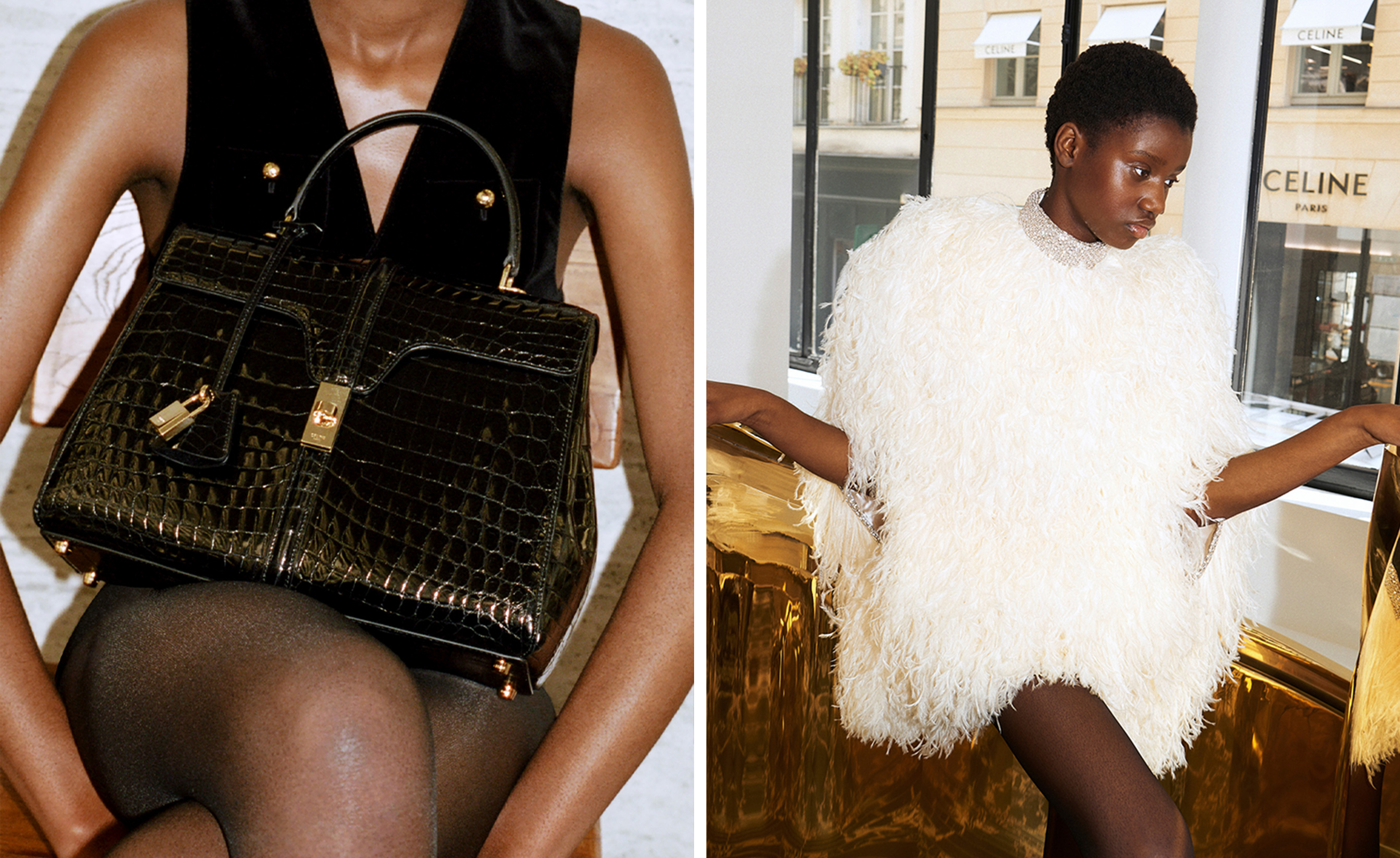 Celine Saint Honoré is dedicated to Hedi Slimane’s feats of savoir-faire and craft
Celine Saint Honoré is dedicated to Hedi Slimane’s feats of savoir-faire and craftThe Celine store on Rue Saint-Honoré is designed to capture the spirit of Paris, showcasing the house’s most precious offering. Here, Wallpaper* captures Celine’s couture, Haute Maroquinerie and Haute Parfumerie collections in the luxurious space
By Jack Moss
-
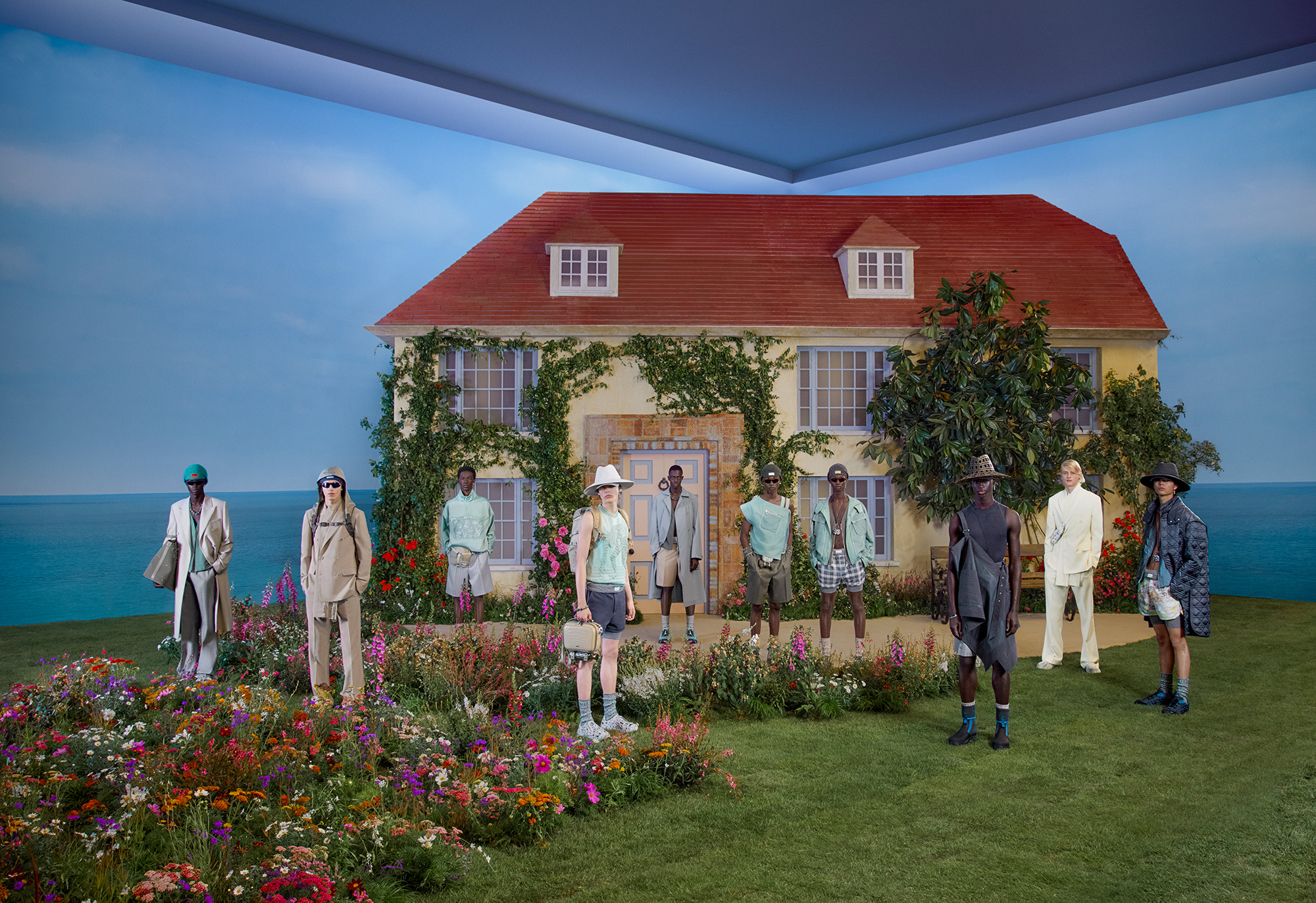 Exhibition to explore the Bloomsbury Group through fashion
Exhibition to explore the Bloomsbury Group through fashionSupported by Dior, Charleston’s ‘Bring No Clothes’ explores the Bloomsbury Group’s use of – and influence on – fashion, featuring works by Dior, Fendi, Comme des Garçons and more, alongside original clothing and ephemera
By Jack Moss
-
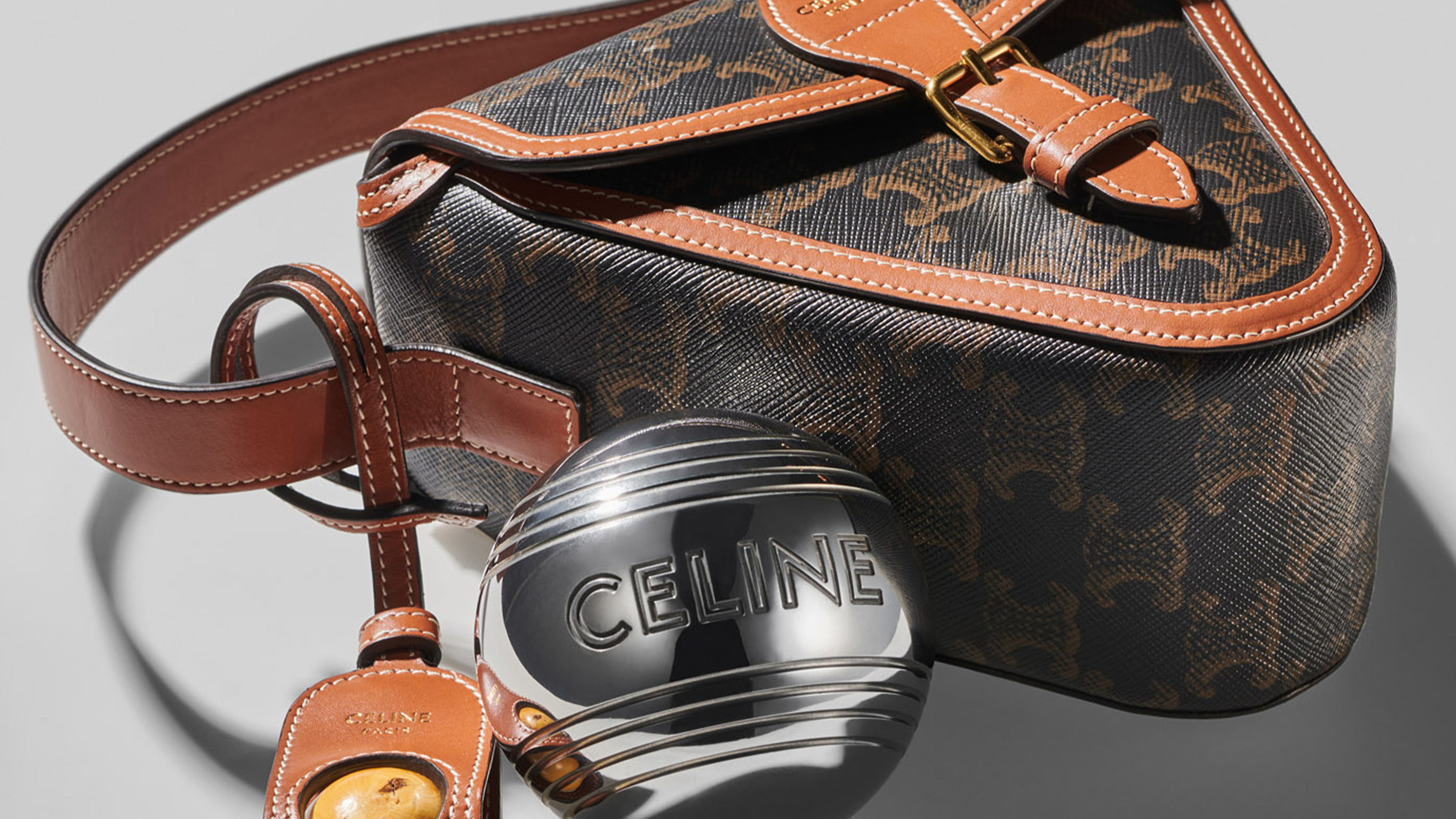 Summer games, from pétanque to pool floats, get a fashionable spin
Summer games, from pétanque to pool floats, get a fashionable spinFrom a luxurious pétanque set to pool floats and playing cards, summer games and toys from the world’s best-known fashion houses
By Jack Moss
-
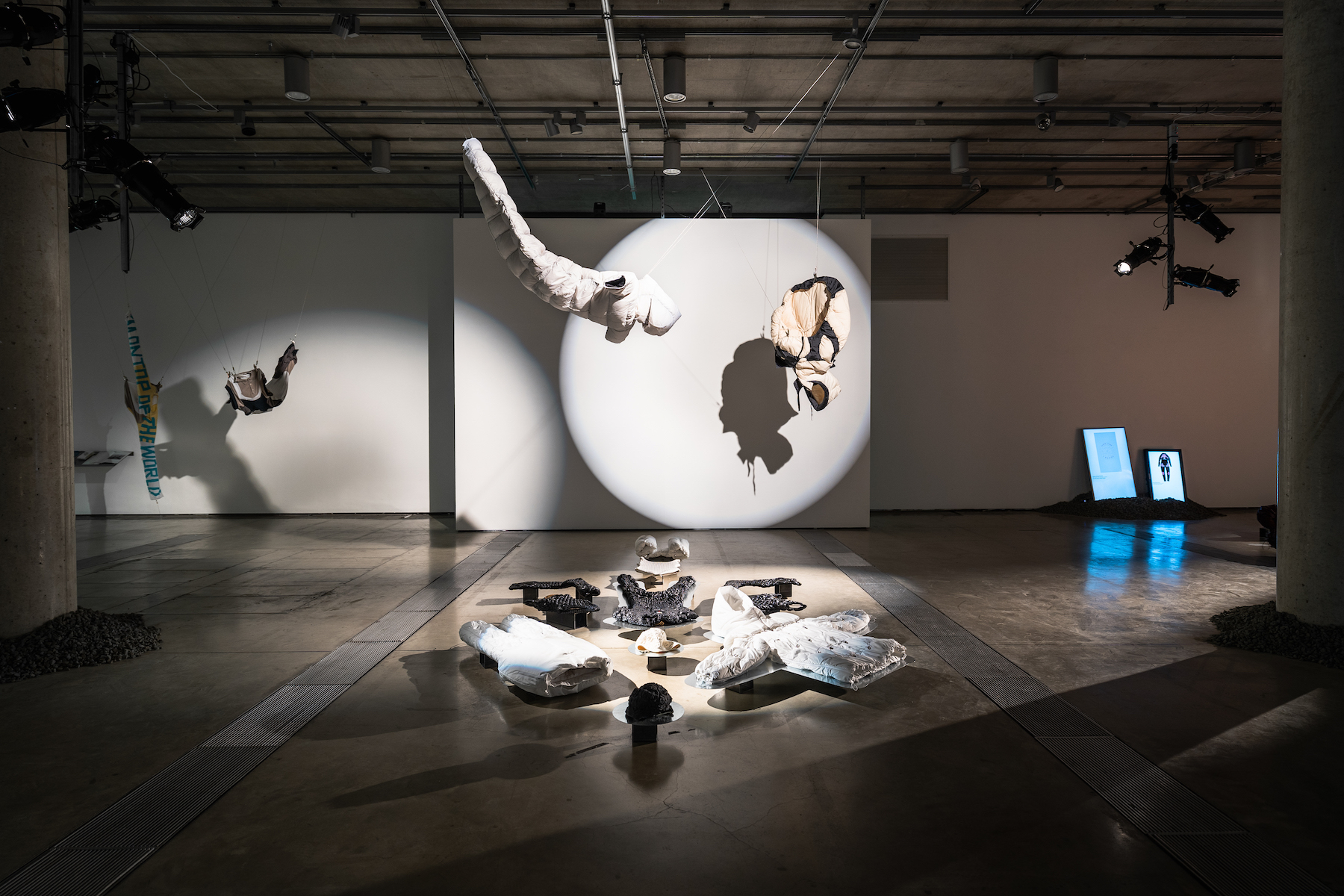 Canada Goose and Central Saint Martins celebrate next-generation changemakers in new London exhibition
Canada Goose and Central Saint Martins celebrate next-generation changemakers in new London exhibition‘Keeping the Planet Cold’ – running from 17-21 February 2023 at London’s Lethaby Gallery – celebrates exceptional BA and MA fashion students in the field of sustainable and purpose-driven design
By Jack Moss
-
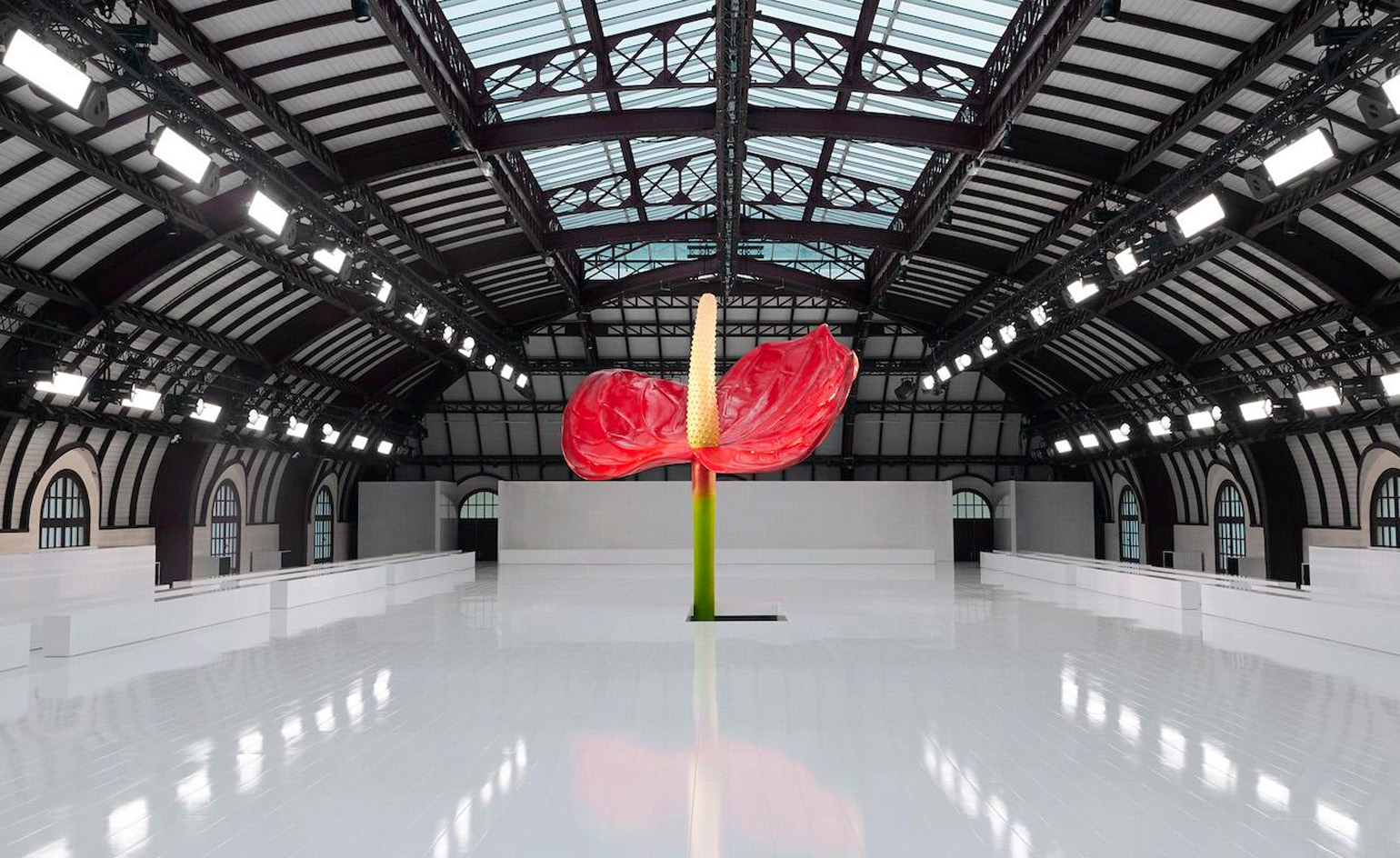 Mud pits to giant flowers, the best runway sets of S/S 2023
Mud pits to giant flowers, the best runway sets of S/S 2023The most transporting show sets of the S/S 2023 season, from Demna’s pit of mud at Balenciaga to a giant fibreglass anthurium flower at Loewe
By Jack Moss
-
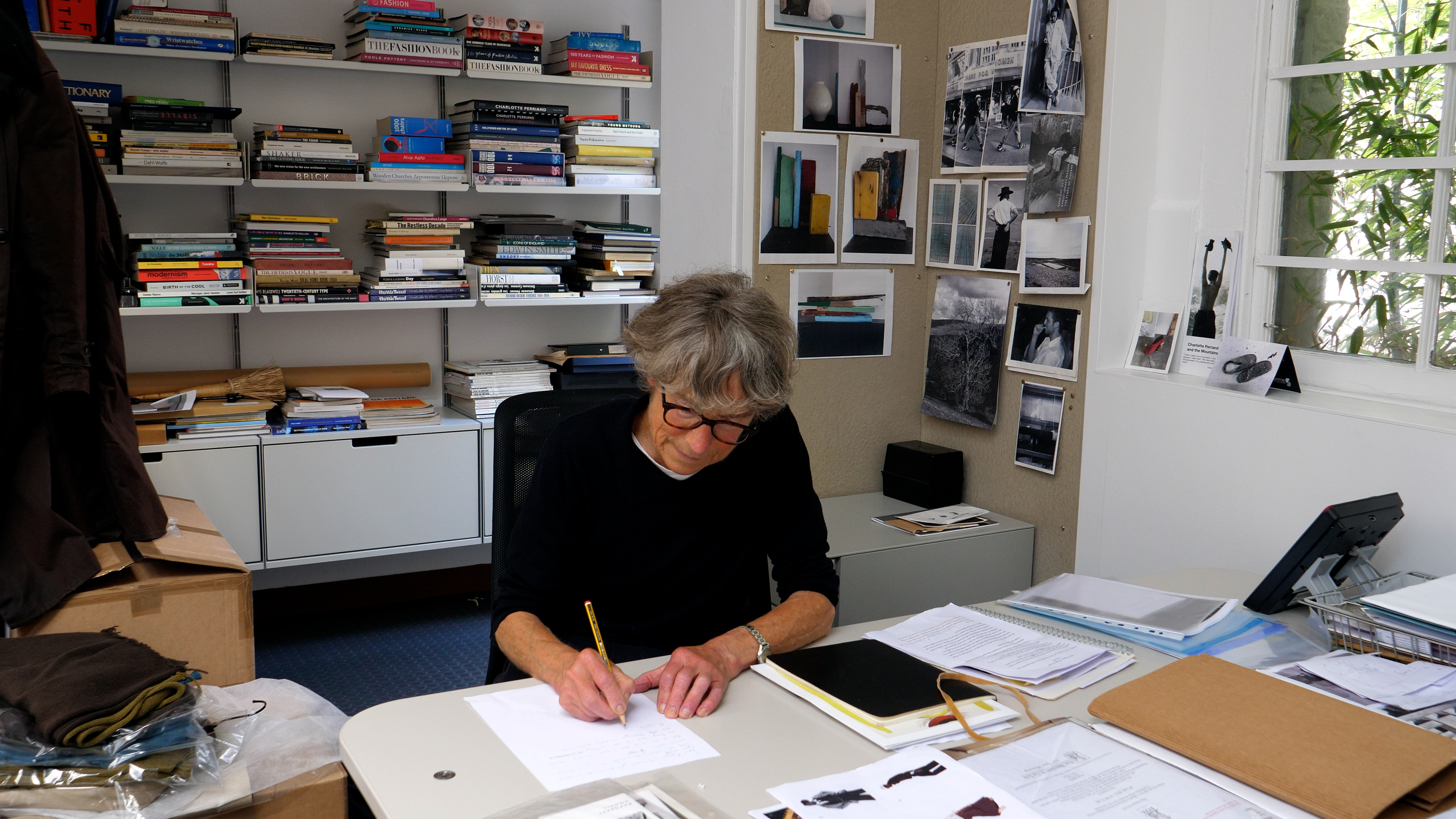 New short film takes you behind the scenes at Margaret Howell
New short film takes you behind the scenes at Margaret HowellA Working Space provides a behind-the-scenes look at 34 Wigmore Street, Margaret Howell’s London headquarters, which celebrates its 20th anniversary this year
By Jack Moss
-
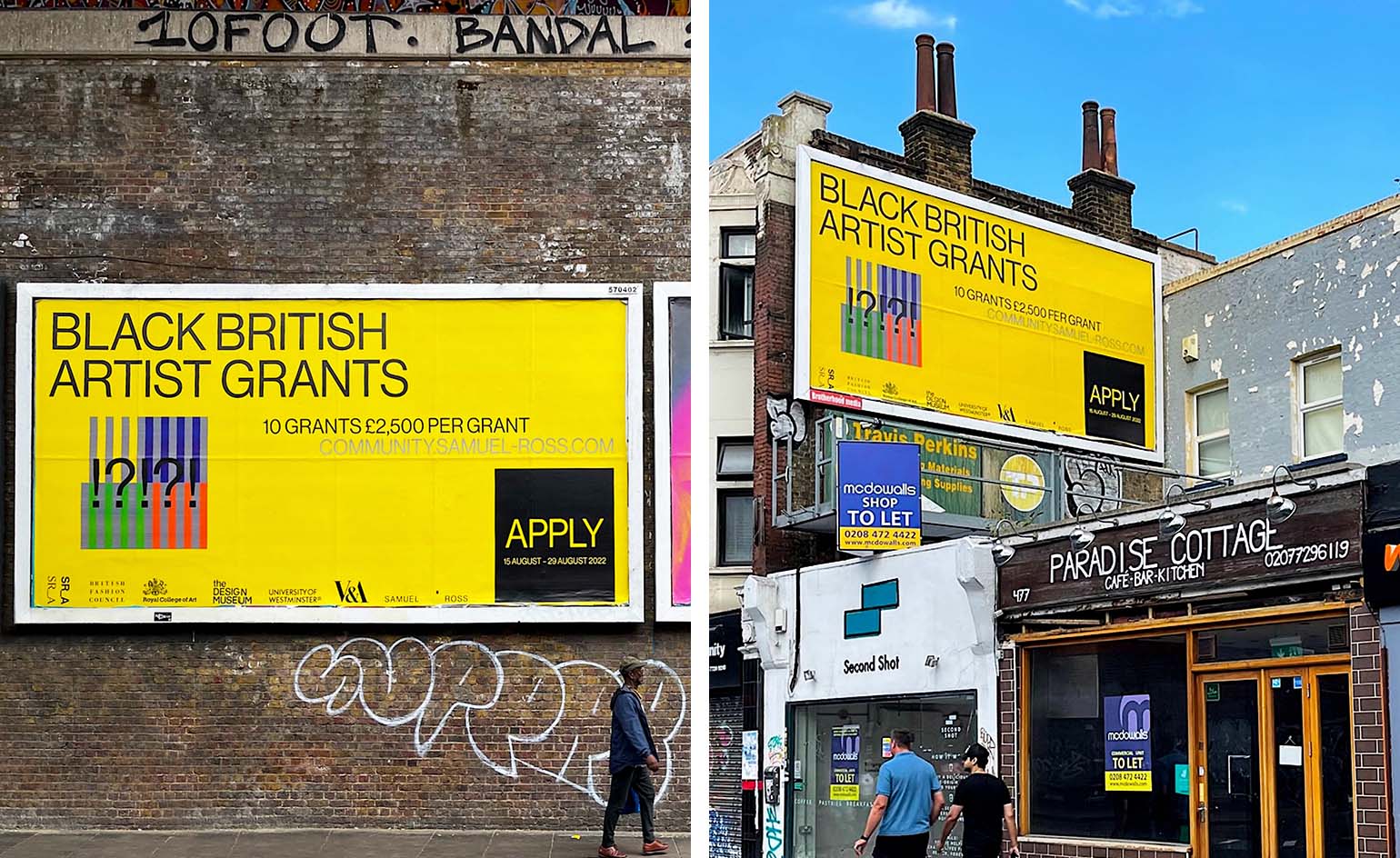 Samuel Ross announces fourth chapter of Black British Artist Grant Programme
Samuel Ross announces fourth chapter of Black British Artist Grant ProgrammeAwarding Black British talent across design disciplines, this week designer Samuel Ross of A-Cold-Wall* launches the latest edition of his artist grant programme which is accepting applications now
By Jack Moss
-
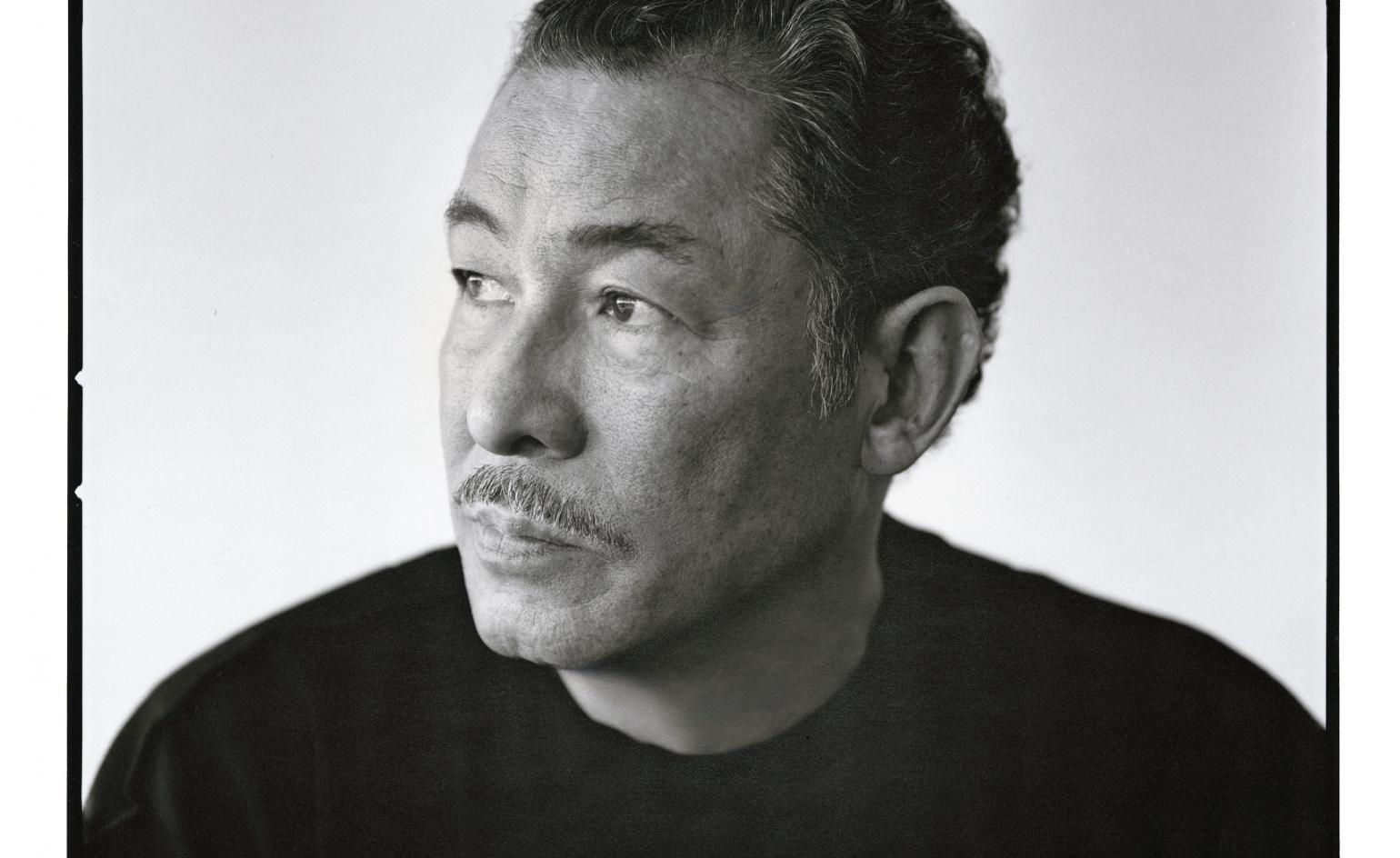 In Memoriam: Issey Miyake (1938 – 2022)
In Memoriam: Issey Miyake (1938 – 2022)We remember fashion designer Issey Miyake, who has died aged 84
By Jack Moss